Two species of birds that were found in plenty around Nashik in Maharashtra, the Great Indian Bustard (Ardeotis nigriceps) and the Lesser Florican (Sypheotides indicus),are now feared to be extinct from the region. Seven other bird species have been classified as “highly endangered” by the Nature Conservation Society of Nashik (NCSN).
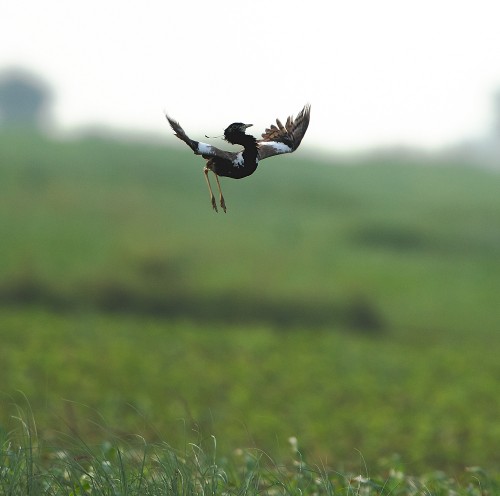
The Great Indian Bustard and the Lesser Florican are primarily grassland birds and experts believe that the depleting grassland could be the main cause of their probable extinction. Although there were reported sightings of the Great Indian Bustard by locals in Ozar (20km from Nashik) and Pimpalgaon (30 km from Nashik) in 2012, the same was not confirmed by either the forest department or by bird-watchers.
“The Great Indian Bustard was last spotted in 2007, while the Lesser Florican was last seen in 2010. Seven more species are now highly endangered, thanks to lack of habitat,” said Bishwaroop Raha, wildlife warden and founder-president of Nature Conservation Society of Nashik (NCSN).
In June 2013, the district forest department had submitted a proposal of reserving land for breeding of bustards, near Vani. This was done according to the guidelines for the preparation of a State Action Plan for Bustards’ Recovery Programme by the Central Ministry of Environment and Forests. But the birds’ existence is still imperilled.
No Grasslands, No Birds
The numbers of bustards and the lesser florican has been steadily on the decline. Bird-watchers of NCSN had recorded the presence of 11 bustards from 1997-99 near Ozar which plummeted to 1 in 2007 and none since that year.
“In 1999, there were 10 GIBs, in 2002 there were seven, five in 2004, three in 2005 and one in 2007. The Lesser Florican has become extinct in Nashik as well. There were two of these birds in 1998 and 2001 and one was spotted in December 2010. After that we have not seen a single Lesser Florican,” said Raha, who has maintained an extensive record of all the birds in Nashik district.
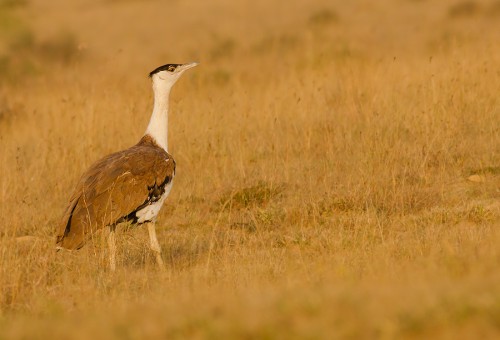
Emphasising on the need to save the habitat of these birds, Mr.Raha also informs that other birds are fast disappearing too in these grasslands. Birds such as Stone Curlew, Yellow Wattled Lapwing, and Indian Courser are also slipping into the endangered list.
“We have to save the forests and the grasslands. The other highly endangered birds are Stone Curlew, Yellow Wattled Lapwing, Indian Courser, partridges (grey and painted), quails and larks. Unless specific biodiversity zones are declared with the help of the forest department and NGOs working in this field, the birds cannot be saved.”
He adds, “These birds lay eggs on the grass and have to select a safe breeding place. April-June is the breeding season for grassland birds and they also need food and water. So, they select places near agricultural land plots, but there is also the threat of stray dogs, cats, mongoose and other animals to the eggs. Food is aplenty in farms and these birds are friends of farmers, since they feed upon insects on the crop.”
According to data, the sighting of the Indian Courser has declined by 90 per cent in the last few years.
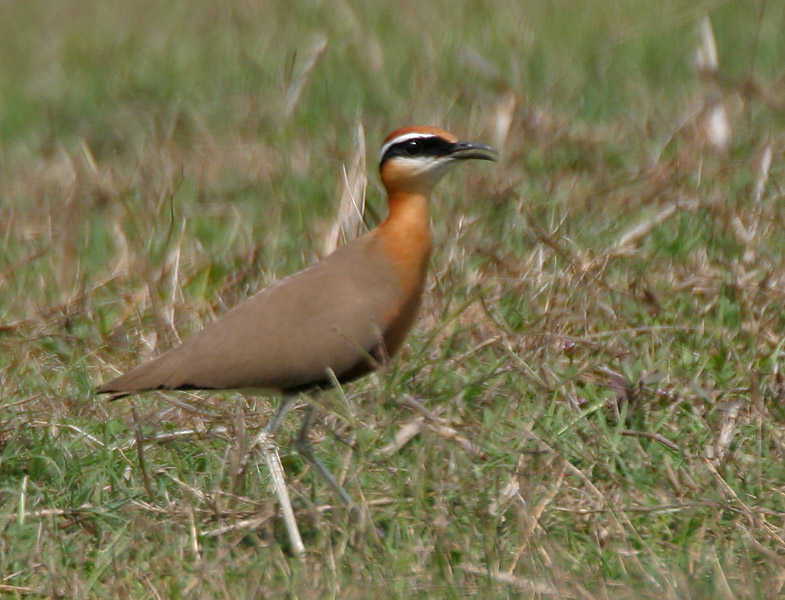
“Two to three years back, five or six coursers could be spotted once in a month. Now, these are spotted only once a year. They have to save their eggs from dogs, cats, mongoose and man. They are also losing their habitat.”
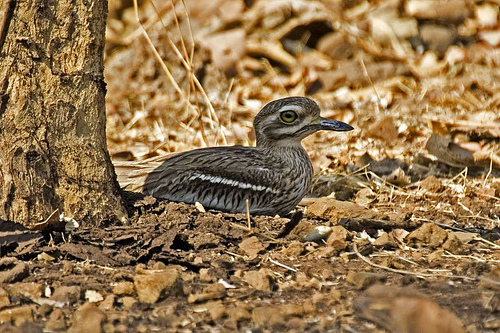
“Two years back, we saw five to six pairs of stone curlew once a year, but we haven’t spotted any after that. We used to see 14 pairs of yellow lapwings every year till a few years back, but now we see only one or two pairs a year,” said Raha.
Conservation Benefits
The benefits of biodiversity conservation are clearly visible in Borgad. Partridges are once again seen on the grasslands on hilly areas. The birds help in maintaining ecological balance by eating locusts and insects that are harmful to crops.
“There are 15-20 of them in Borgad now. Grassland birds eat locusts and other insects that are detrimental to crops. So these are good for ecology. The forest department should provide them security,” said Raha.
Quails; which are shy by nature too are increasingly making their presence felt in Borgad. From four to five a day, now ten to twelve are regularly spotted.
The expert says Nashik is losing its birds due to the use of pesticides, medicines and hunting.
“Two years back, we used to see 8-10 Indian coursers per year but now we have not noticed any. Once in a month, 10-15 larks could be seen to be few years back, but these are very sensitive birds and are declining due to the use of pesticides. No Partridge or jungle fowl has been seen in Harsul, which was their habitat, due to noose traps laid by people to catch them. Vultures had also been declining due to the use of diclofenac, but now, these are being conserved with the help of vulture ‘restaurants’. The caves of Anjaneri also have 70 long-billed vultures and 60 white-backed ones have been seen in the vulture restaurant of Harsul. There were 100 long-billed vultures in Chandwad 10 years back, but not any now. Some have been spotted in Ranshej of late,” said Raha. (Vulture restaurants are certain specific places where safe food for the vultures is provided to them).
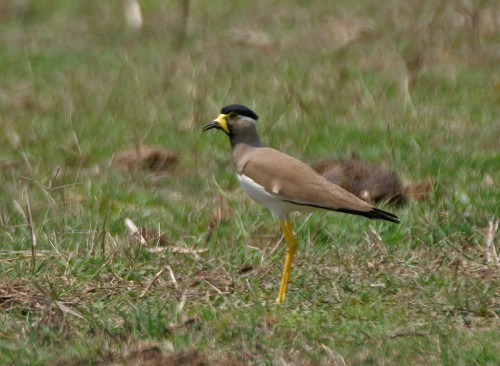
Arvind Patil, chief conservator of forests (territorial), Nashik, said,
“For the conservation of the GIB, we have sent a proposal to the principal chief conservator of forests in Nagpur and they have forwarded it to the government of India, but we have not received any reply yet. This year, we are expecting to get the approval. We will follow this up once the elections get over.”
If government procedures, paper work and general delaying of urgent conservation actions because of ‘official’ reasons, gets in the way of saving these birds, it might not be long before India faces global shame of doing nothing to save the important grassland habitats and their resident birds.
More Related Stories,
Which is the Heaviest Flying Bird in India?
Caught on Camera: Himalayan Vulture in Kashmir
Grazing Animals to Nature’s Rescue: Saving Drying Grasslands

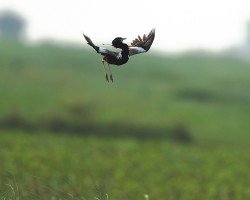
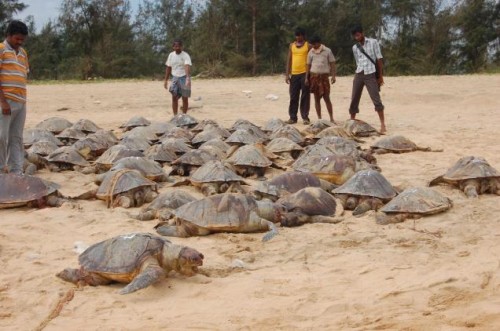
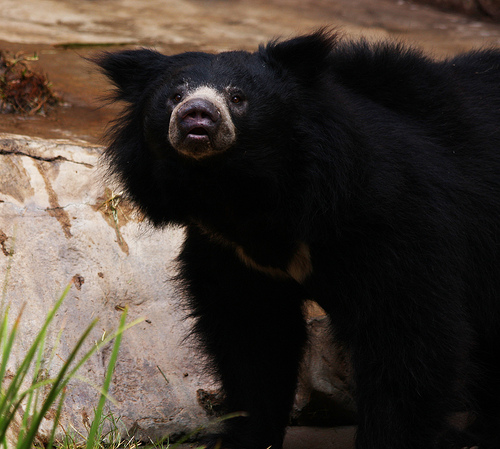


2 thoughts on “Once Plenty Now Endangered: Expert Points to Plight of Grassland Birds”